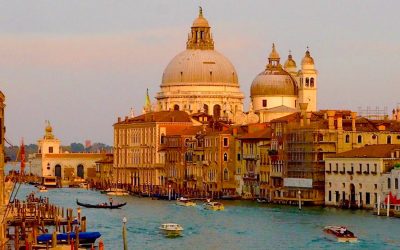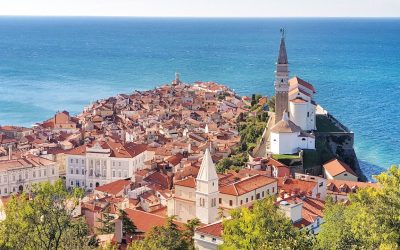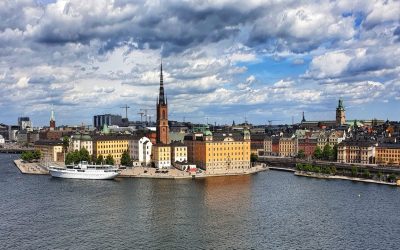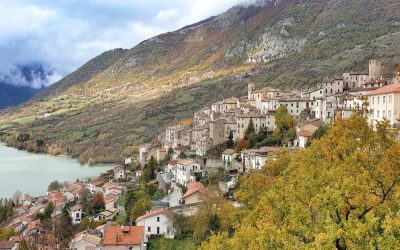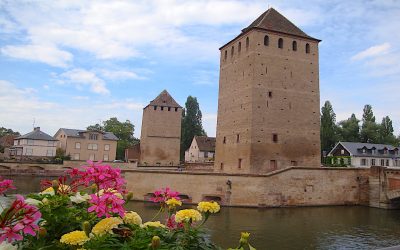If Hollywood is the land of dreams, then Venice is the land of love. With its unique landscape of buildings submerged in the salty waters...

Venice
Venice
A Guide to exploring Slovenia’s Riviera
SLOVEnia is a beautiful country with a gentle vibe that draws you into its graceful culture and laid back way of life. Yet when I think...
24 hrs in Stockholm, The Alternative Guide
The Motoroamers’ City Tour series Sweden’s Stockholm is reputed to be one of Europe’s best, so a visit is a must! Although as...
What’s it like visiting Italy?
Buongiorno e benvenuto! Italy has been our home for over three months in the last three years and it's been an experience of Highs and...
Visiting Strasbourg & Colmar
After the mountain scenery of Lake Geneva, Lac Léman to the locals, we moved through Switzerland into the Alsace region of France with...
Follow us
You can find us on social media,
different channels for different content.

